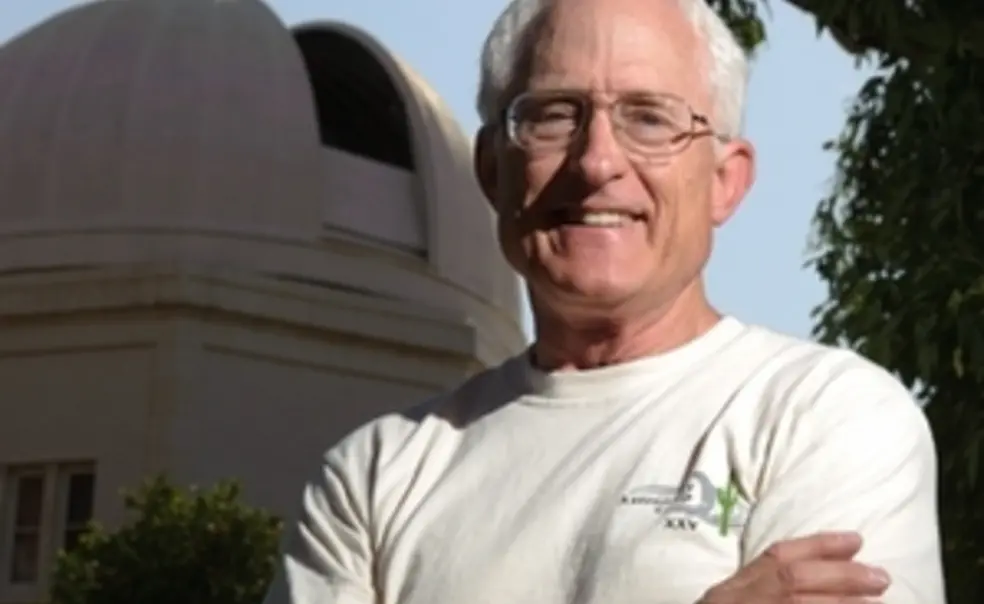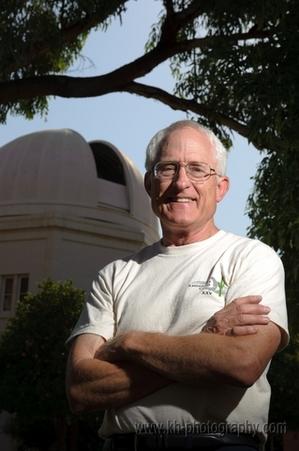Tiger of the Week: Don McCarthy '70
Don McCarthy '70 (Photo: Kris Hanning)
With clear skies, dry air, and relative isolation, the mountains of southern Arizona have been a draw for astronomers for decades. Don McCarthy ’70, a research astronomer at the University of Arizona’s Steward Observatory, first came to the area as a Ph.D. student in the early 1970s. And for the last 24 years, he has shared the region’s stargazing riches with young astronomers from around the world through Astronomy Camp, a weeklong program that he said provides “authentic experiences,” including observing time on large telescopes and group projects that investigate real research questions.
Astronomy Camp has earned high praise in its field: The American Astronomical Society honored McCarthy with its 2012 Education Prize for his efforts “to educate and involve more than 1,500 students, teachers, and adults in astronomy and the scientific method.” McCarthy takes pride in the individual stories of campers. Many come with a deep interest in astronomy but few opportunities to share it with others. “When they get here, though, they’re meeting people with common interests — and boy does that resonate,” he said. McCarthy also has worked with the Girl Scouts of the U.S.A., training scout leaders who share what they’ve learned and encourage young girls to take an interest in the sciences.
Astronomy is an attractive subject, McCarthy said, because it captures the imagination and integrates science, technology, engineering, and mathematics in ways that students might not experience in a regular classroom setting. The holistic approach, he said, reflects “the way a real scientist works.”
As an undergraduate at Princeton, McCarthy majored in physics and completed his thesis under adviser David Wilkinson (namesake of the Wilkinson Microwave Anisotropy Probe). He also competed on the track and field team, managed the Student Refreshment Agency, and participated in Army ROTC at a time when walking around campus in uniform sometimes drew ridicule from fellow students. Each of those experiences, he said, helped to shape his path as a researcher and educator.
McCarthy’s primary interest is infrared astronomy, which uses wavelengths of light that are longer than what the human eye can see. He is part of the team developing a near infrared camera for the James Webb Space Telescope, NASA’s successor to the Hubble Space Telescope.
Do you have a nominee for Tiger of the Week? Let us know. All alumni qualify. PAW’s Tiger of the Week is selected by our staff, with help from readers like you.













No responses yet